Looking for a Japanese curry dish that blends rich flavors with local history? Aigake Jindai Curry Rice offers a delicious and meaningful dining experience that reflects the heritage of Akita Prefecture. Let’s explore what sets this dish apart, how it came to be, and where you can enjoy it yourself.
What Makes Aigake Jindai Curry Rice Unique?

Aigake Jindai Curry Rice (あいがけ神代カレー) delivers something you don’t see every day—two different types of curry served side-by-side on a single plate of rice. The word “aigake” means “served together” or “double portion,” and it perfectly captures the essence of this dish. The name “Jindai” connects it to the Jindai in Senboku city, Akita Prefecture, anchoring the dish in local tradition and pride.
Each curry offers its own unique flavor, texture, and aroma. One might feature tender local vegetables, while the other highlights meat or regional spices. This side-by-side presentation encourages diners to savor the contrast between the two.
Difference of Aigake Jindai Curry rice to Regular Japanese curry
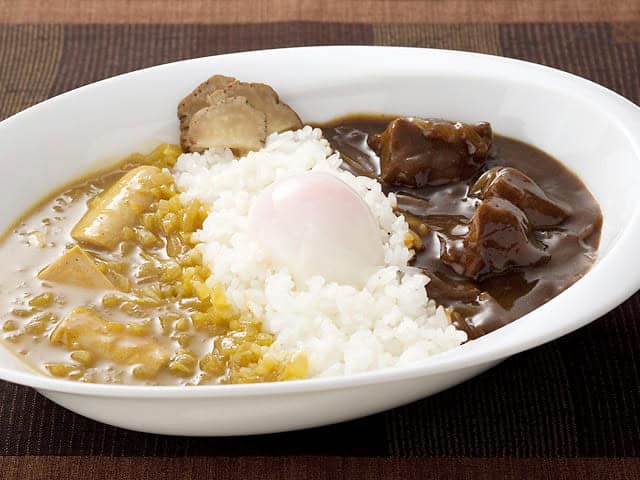
The fundamental difference between ordinary Japanese curry rice and Aigake Jindai Curry Rice lies in its unique presentation and the distinct flavor profiles it offers. While regular Japanese curry rice typically features a single, thick, often mild and sweet curry sauce served over rice, Aigake Jindai Curry Rice takes it a step further by presenting two different curries on the same plate, usually side-by-side. One curry is often a traditional Japanese style, familiar for its comforting taste, while the other might be a European-inspired curry with a richer, more complex demi-glace base. This “aigake” (double-serving) style provides a delightful contrast of flavors and textures in one meal, making it a distinctive local specialty that showcases the versatility of Japanese curry.
Tracing the Roots: How the Dish Was Born
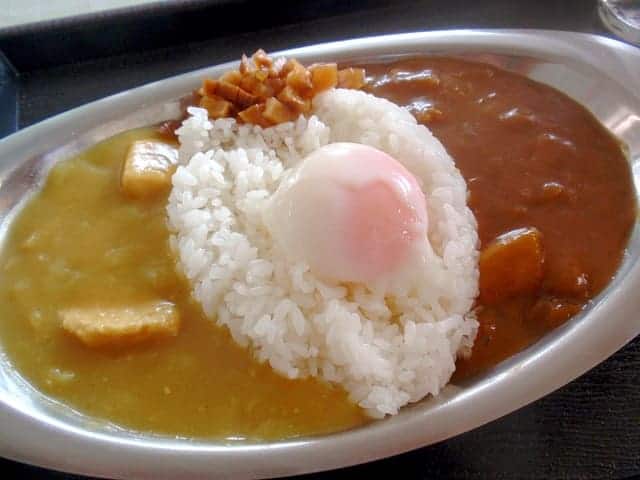
The story of Aigake Jindai Curry Rice begins in the Meiji era, a time when Western cuisine started influencing Japanese food culture. As curry entered Japanese kitchens, cooks across the country adapted it using local ingredients. In the Jindai area, farmers and families began putting their own spin on curry, influenced by the region’s thriving rice production and deep-rooted community pride.
Locals created the aigake concept to showcase the variety of regional flavors. Rather than choose just one curry, they decided to serve two on the same plate, highlighting the diversity of ingredients and cooking styles in one meal. This simple yet inventive approach captured the spirit of the area—resourceful, flavorful, and proud of its roots.
Over time, the dish gained popularity among residents and travelers alike. What started as a local twist on a foreign food became a cherished specialty that continues to represent the culture and creativity of the region.
Where to Experience Aigake Jindai Curry Rice
Ajisai (味彩)
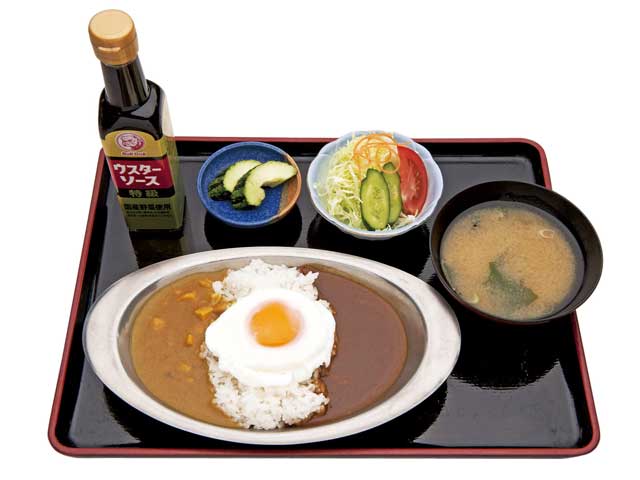
This restaurant serves authentic Jindai curry. A Japanese-Western restaurant beloved by locals, the restaurant is popular for its Senboku City specialty “Kamiyo Curry.” It is an authentic dish served on a stainless steel curry plate with Worcestershire sauce in a retro old-fashioned container.
A Dish That Tells a Story
Aigake Jindai Curry Rice does more than fill your stomach—it invites you to explore the past through your taste buds. With each bite, you experience a fusion of flavors that speaks to the evolution of Japanese cuisine and the character of the Jindai community. The aigake style offers contrast, harmony, and variety, all on one plate.
If this dish piques your interest, consider trying other Japanese curry styles like Katsu Curry or Kare Raisu. You can also explore regional curries from Hokkaido, Osaka, and beyond.

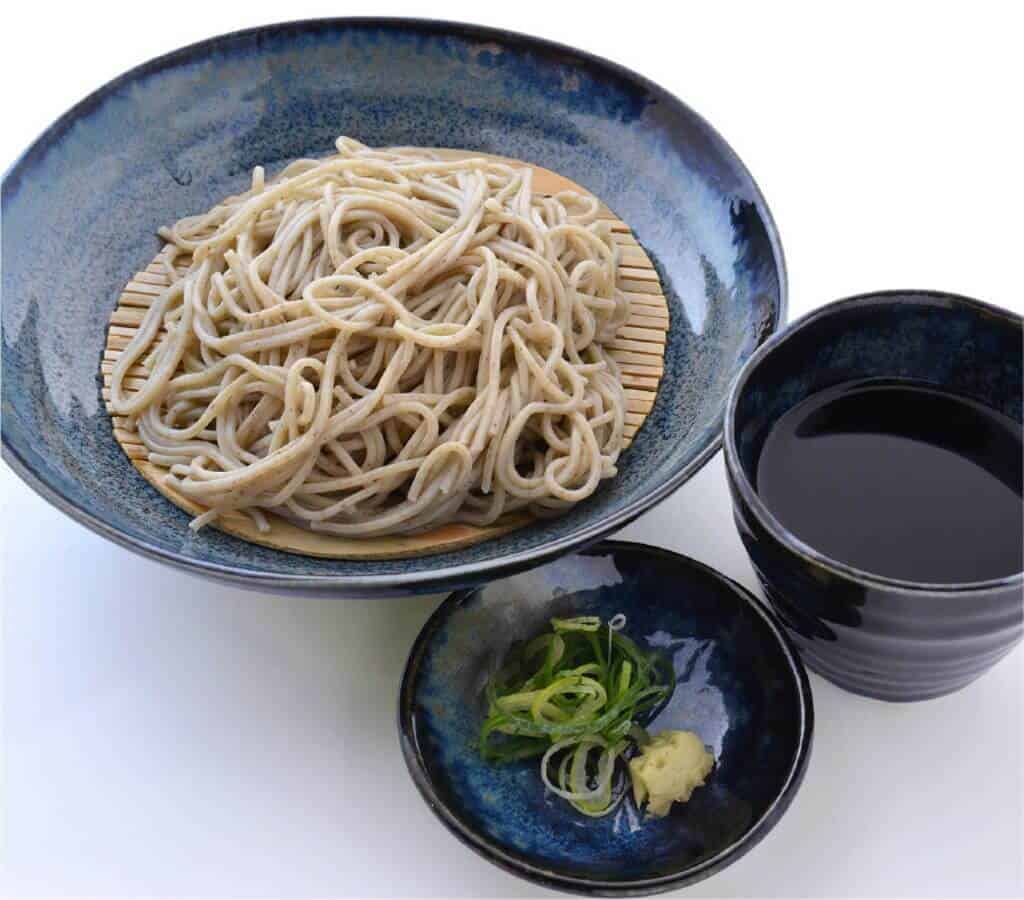
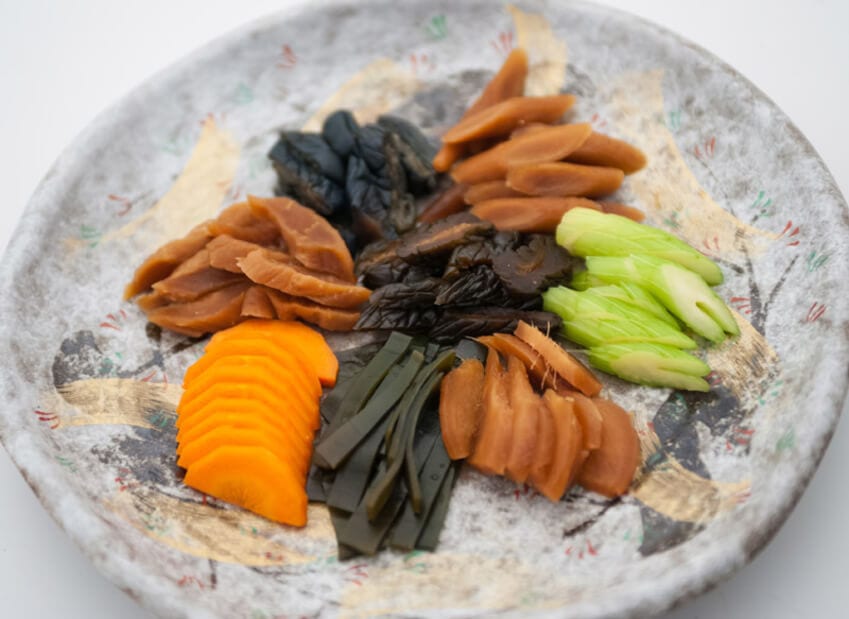
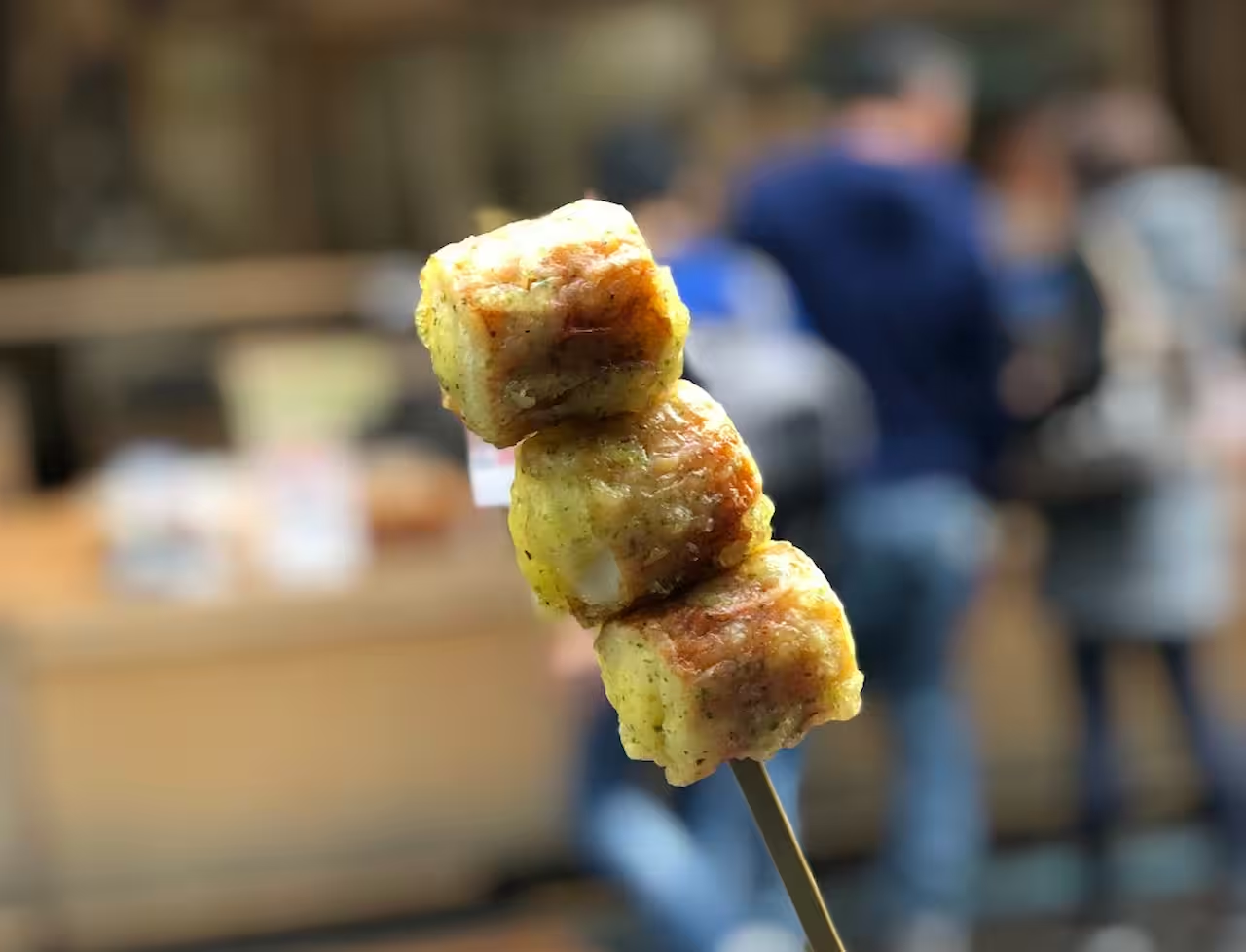
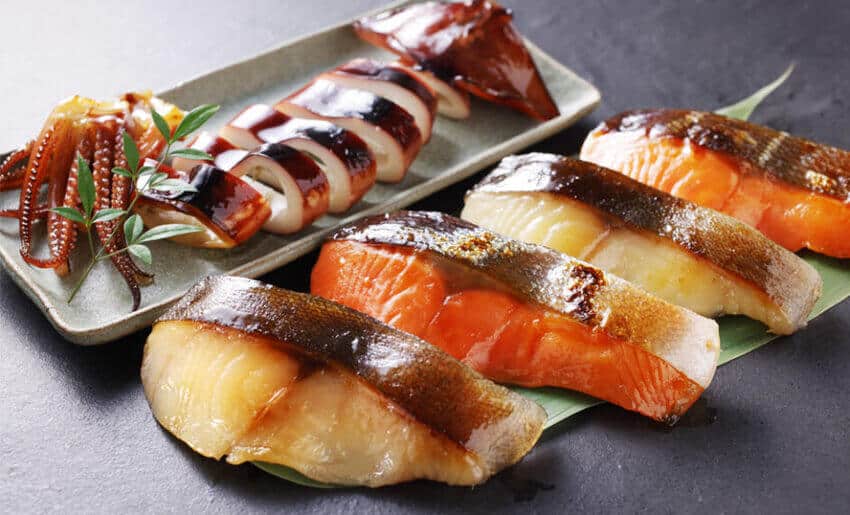

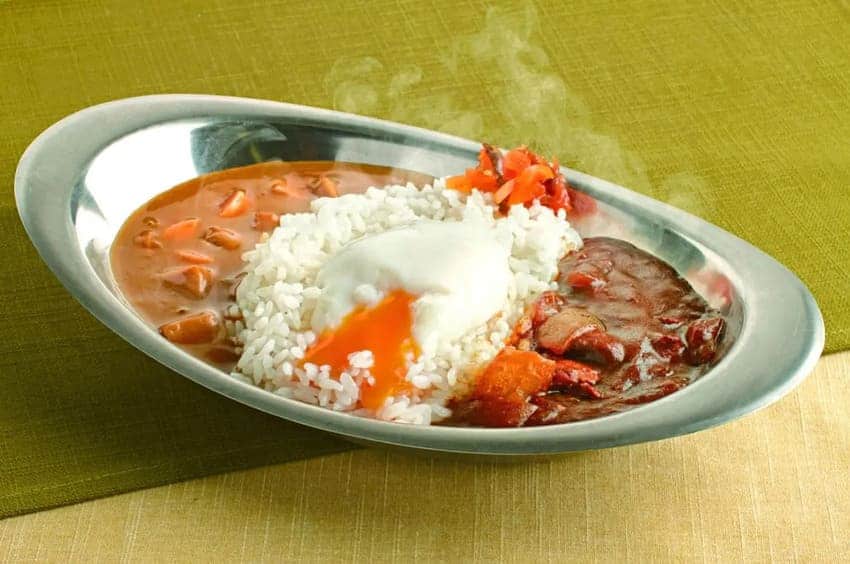
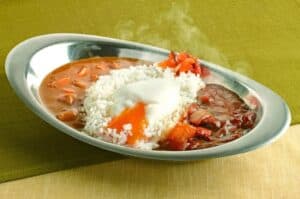
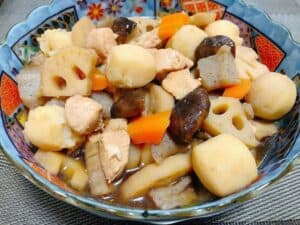
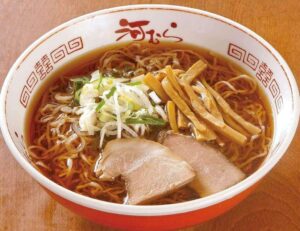
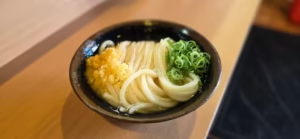
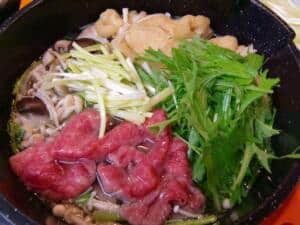
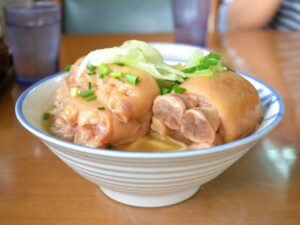
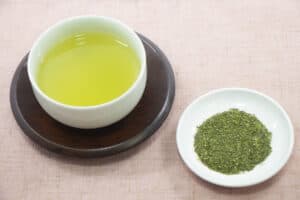
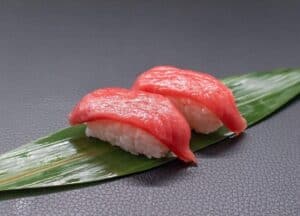
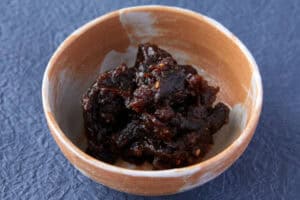
Comments